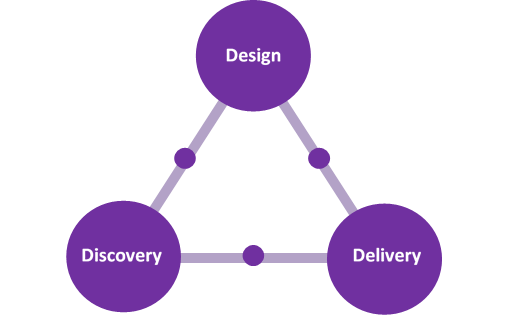Re-engineering engagement - development of resident influence in decision-making
Friday 23rd of October 2020
Our client was a newly merged Community Gateway Housing Association based in the East of England. The new organisation has around 13,000 properties.
What were we approached to do?
Tpas was invited to work with our client to support them to develop a new framework that would lead to residents influencing decision-making, the merger presented a timely opportunity to be certain that this was happening.
We had already facilitated a session with the Shadow Board and so we were well aware that there was significant support for developing an approach that went beyond formal engagement and involvement structures, and included mechanisms to learn from the ‘non-vocalised resident experience’.
What did we do?
A key objective was to ensure that both legacy organisations’ previous engagement and involvement work was considered and that everyone involved felt heard and respected, especially in the likelihood that new ways of working would be recommended.
Following a desktop review of current and past engagement and involvement approaches we used a strengths-based approach similar to Appreciative Inquiry to start to work with a range of people.

We started our Discovery work by working closely with involved residents, drawing out what had worked well in the past, and why. We also worked together to identify why it is important to listen to non-vocalised experiences through tailored and targeted work with residents who are not speaking out. Further Discovery sessions included time with Board members, staff and two sessions with uninvolved residents. Listening to uninvolved residents was critical in helping to understand the barriers to involvement and engagement.
After the Discovery sessions volunteers came forward to continue to be involved in the Design phase, where we started to translate ideas into a new Framework, with clear recommendations. The Design phase included Board members and involved residents, alongside staff. The draft Framework was approved by subsequent meetings of the Design group, and ultimately reported to, and fully approved by the Board.
What were the successful outputs and outcomes?
The Discovery work revealed there were four key factors that needed to be in place for resident influence in decision-making to exist and to be successful:

Using these themes helped us to develop a detailed framework that included resident influence opportunities from an individual, group or strategic level in terms of residents’ own direct influence and at an operational and strategic level in terms of internal process.
The framework included paying attention to:
- Culture
- Resources
- Existing insight
- Training
But overall the most important aspect was the use of language to help staff to ‘listen to’ residents rather than ‘talk to’, and that the listening might be very literally listening to a resident who is speaking, but it could also be interpreted as listening residents who are not speaking out by using data and insight to start to better understand experiences.
Key to the success of the project was the involvement and contribution of the Board members who were very clear about their commitment to resident influence, and who posed interesting challenges that would help them evidence whether residents has influenced decision-making.
One of the most significant outcomes was the recommendation to set up a new Board Committee, fully remunerated as other Board Committees, known as the Resident Influence Committee. The new Committee would be made up solely of residents and formed to hold the landlord to account in matters of resident influence.
The project was informed by the expectations of the Social Housing Green Paper, of the Social Housing Regulator and of the current environment at the time – we were working at a time of the Corona Virus and the free school meals campaign led by footballer Marcus Rashford assisted everyone in understanding the term ‘lived experience’.